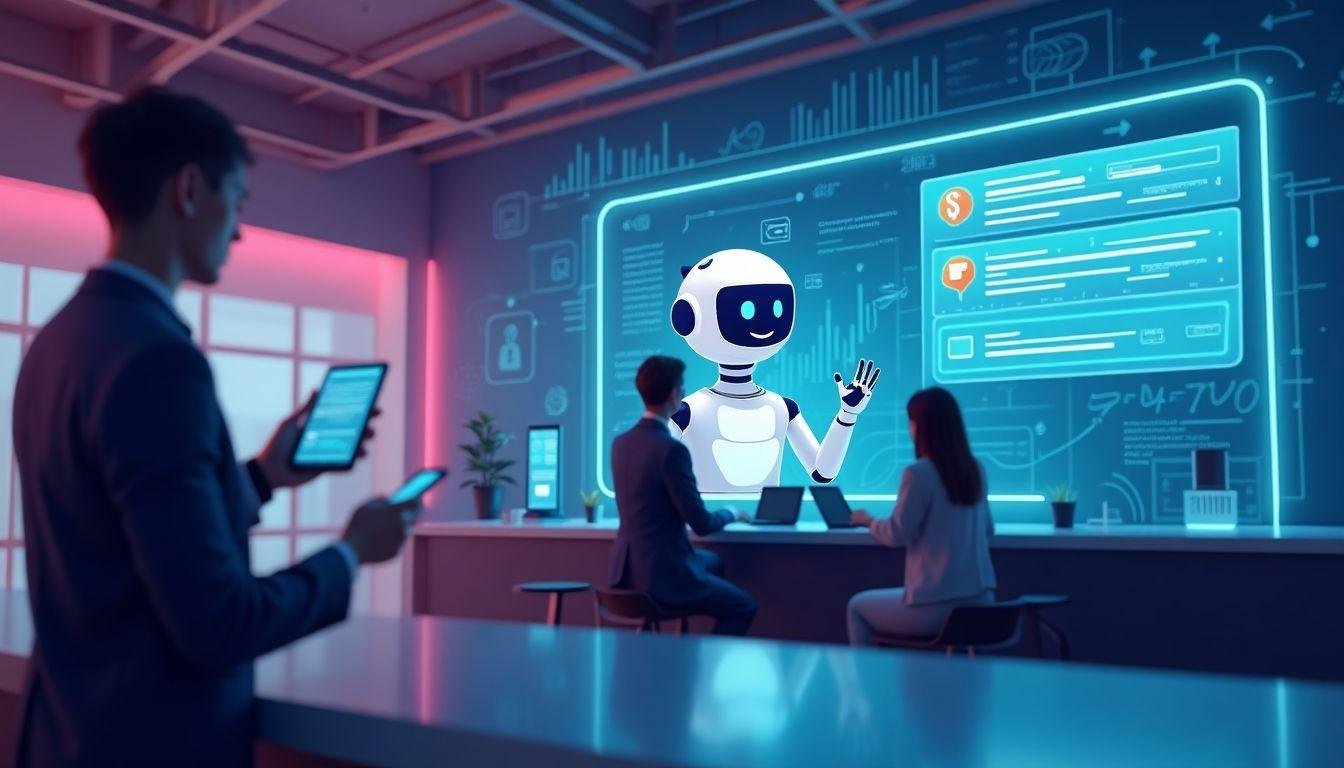Artificial intelligence (AI) is transforming industries. A few years ago, it was merely a buzzword. However, in today’s world, it is the AI driving innovation in video editing, photo retouching, and other media production workflows. From automating repetitive tasks to enabling pro-level edits in a matter of seconds, AI allows creators to produce more with less time while retaining quality. Among the many exciting new features is Face Swap, which enables users to seamlessly change faces in videos or images, opening a ton of creative possibilities from marketing to comedy skits.
Smarter Video Editing with AI-Powered Tools
Automating Complex Tasks
AI is transforming traditional video editing, which, more often than not, is complicated, time consuming, and has a steep learning curve. With the introduction of new tools, AI has simplified the process, enabling content creators to focus on storytelling rather than tedious technical details. One great example is Lip Sync AI, which synchronizes the mouth movements of a character to the audio voiceover or dubbed audio, a task that would take hours manually.
Leading Tools in AI Video Editing
For instance, Runway provides an AI-based video editor that enables the removal of backgrounds, automatic motion tracking, and even the synthesis of video elements through minimal manual work. The interface is user-friendly, attracting creators from all spheres, including YouTubers, marketers, and short-form content creators.
In the same fashion, Descript merges audio and video editing into a single AI-powered process. Substantive features such as overdub voice cloning, Lip Sync AI, and auto-captioning allows Descript to transform raw footage into polished content much quicker than traditional software.
Photo Editing Reimagined with Machine Learning
Enhancing Images with AI
AI is enhancing the photo editing creative workflow as well. AI retouching tools can perform what required hours of manual work in mere seconds. Not only does this benefit professionals, but it also allows novices to achieve a high level of result with minimal effort. Tools now also integrate Face Swap technology for stills, enabling editors to seamlessly change faces—ideal for creative content, memes, or experimental visuals.
Best AI Photo Editing Software
Photo editing tools like Luminar Neo offer one-click features for photo enhancement like sky replacement, skin smoothing, and even background blur. These tools are especially helpful for influencers and content creators on Instagram and TikTok who rely heavily on visual aesthetics.
Adobe has also employed the use of AI for every software in the suite using Adobe Sensei. Intelligent editing features are found in Photoshop and Lightroom. Object removal and image cropping are less time consuming and more accurate than before.
Freedom of Expression at its Best With AI
More Time for Creativity
With the amount of time the creator spends on repetitive tasks, AI can take over and allow the creator to delve deeper into the story they wish to tell. Automating mundane tasks means artists and editors will have more time to focus on creativity. From a marketing viewpoint, lip-syncing is often a very tedious process, making AI-enabled Lip Sync features indispensable, especially for video editors.
Increasing Accessibility
Tools that offer AI captioning and subtitling are also quite useful as they can take hours off the workload while concurrently providing accessible content. Kapwing is an example of a platform that does this by offering automatic subtitling and transcription services without additional work from the creator.
This form of automation is highly beneficial in a society where social media platforms favor videos that are easy to watch and interesting. From putting auto-captions for TikTok to styling a client’s YouTube video, AI makes it possible for creators to provide quality content without limitations.
Ethical and My Other Considerations
Balancing AI and Humans
AI in editing is an absolute marvel. However, the need for efficiency should never outweigh the importance of authenticity. Content that is overly automated tends to not have any personality. AI should be a filmmaker’s sidekick but never a freelance replacement to contour human intuition and vision.
Use of these tools leaves so much room for error
Retouching photographs and creating face swaps using AI need oversight. By employing human intervention, we are reducing the risk of relying too much on technology that can alter the originality of the content. Striking a balance between overdoing it and treating the photos like the creator’s vision results in the best use of automation.
The Future of Content Generation is Together as One
Working Together with AI
As time goes by, it is certain that creative software and AI will merge. The possibility is high that projects can be co-edited with other collaborators, ensuring that brand materials stay aligned and decentralized asset management becomes streamlined.
Cloud-Based Editing Ecosystems
Services such as Frame.io which is now part of Adobe Premiere Pro, are enabling feedback in real-time, collaboration through the cloud, as well as AI-driven review capabilities. These advancements hurt especially good for remote creative teams or agencies that work on several video projects at the same time.
Final Thoughts
AI advancements are drastically transforming the domain of content creation, not in the manner of replacing people, but through augmenting human capabilities. From an individual content creator to a small business, or a part of a larger production team, using AI tools is proven to increase output quality and efficiency through lowering the effort required and speeding up the process.
Selecting appropriate AI-based tools leaves one exposed to rapidly evolving advancements in content creation through the preferred automation mixed with creativity, freedom, and the need to stay informed in the age of ever-evolving advancements in digital content creation.
!
